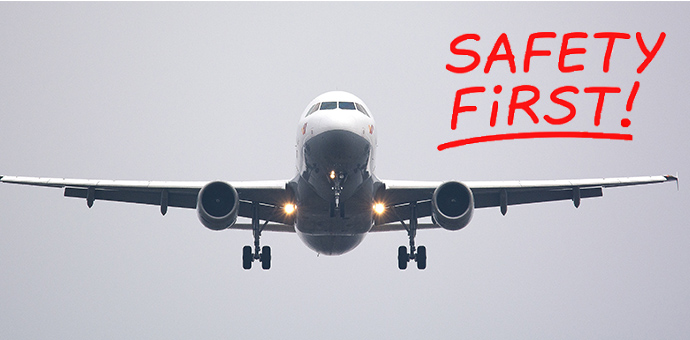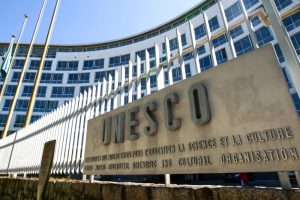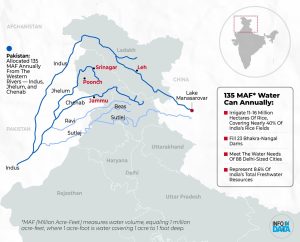Aviation safety in India has reached a critical juncture. The tragic crash of an Air India Boeing 787 in Ahmedabad in June 2025 has not only left investigators grasping for answers, but it has also spotlighted deep-rooted and systemic failures in India’s civil aviation sector.
🚨 Ahmedabad Crash: A Wake-Up Call
📰 Source: The Hindu
The preliminary report by the Aircraft Accident Investigation Bureau on the Ahmedabad crash (June 12, 2025) remains inconclusive. Investigators are unable to determine if the pilot’s action was inadvertent or deliberate. However, the very fact that such ambiguity exists reflects a broader crisis of trust in India’s aviation regulatory framework.
✈️ Points to Remember:
- The Ahmedabad crash raised serious questions about the DGCA’s oversight capacity.
- Investigations suffer from poor transparency and delayed reporting.
- Pilots and crew face mental health challenges without institutional support.
- Systemic fear and punitive action hinder honest disclosures.
- The incident highlights a failure of leadership and safety culture.
⚠️ Systemic Failures in Indian Aviation
📉 Regulatory Breakdown
India’s aviation regulator, the Directorate General of Civil Aviation (DGCA), is chronically understaffed and lacks functional autonomy. This has left it incapable of enforcing safety norms or overseeing airline compliance effectively.
“The DGCA became a violator rather than a watchdog.” — Yeshwanth Shenoy, aviation safety advocate
🏗️ Infrastructure Violations
🚧 Case Study: Mumbai Airspace
- Mumbai has over 5,000 vertical obstructions near the airport.
- Violation of Inner Horizontal Surface (IHS) criteria is rampant.
- High-rises have been permitted despite being in restricted zones.
These unauthorised constructions were approved via flawed aeronautical studies misusing ICAO guidelines and later supported by a 2015 committee, ironically set up for regulation.
“What began in Mumbai has now spread across India.” — The Hindu Editorial
✈️ Airline Mismanagement
Airlines in India prioritise profit over safety:
- Aircraft Maintenance Engineers (AMEs) are overworked, underpaid, and replaced by less qualified technicians.
- Pilots face Flight Time Duty Limitations (FTDL) violations.
- Cabin crew are reduced to hospitality roles rather than safety personnel.
- Internal whistleblowers are punished rather than protected.
🔇 Whistleblower Suppression & Judicial Inaction
While public interest litigations (PILs) have led to some success—such as halting illegal construction near airports—the judiciary remains largely passive. Judicial deference to regulatory agencies and conservative valuation of human life have enabled continued negligence.
“Human life in India is valued at a few lakhs. Hence, safety investments worth crores are ignored.” — The Hindu Editorial
🚀 Call to Action: Building a Culture of Aviation Safety
To address the Aviation Safety crisis in India, the following reforms are essential:
🛠️ Institutional Reforms
- DGCA must be made independent, well-funded, and technically capable.
- Revise the 2015 rules to prohibit height relaxations near airports.
👨✈️ Human Resource Improvements
- Implement proper duty-time limitations for AMEs and ATCOs.
- Provide mental health access for aviation staff without punitive consequences.
- Empower whistleblowers through legal protections.
📶 Infrastructure & Monitoring
- Establish a national audit mechanism for airports, ATC, and construction clearances.
- Deploy real-time radar and communication monitoring tools.
⚖️ Judicial & Legal Oversight
- Courts must treat aviation cases with urgency and recognise systemic negligence.
- Raise compensation standards to reflect the real value of human life.
🧠 Final Thoughts
The crisis in aviation safety in India is not a technical issue alone—it is a human, ethical, and institutional failure. As long as regulatory apathy, judicial passivity, and profit-driven safety concerns prevail, the skies over India will remain unsafe. The Ahmedabad crash is a tragic warning. If ignored, the next one may come sooner than we expect.






[…] facing ideological surveillance, censorship, and suppression. An opinion piece by Shelley Walia in The Hindu starkly reminds us that the vitality of a democracy is determined not just by the right to vote but […]